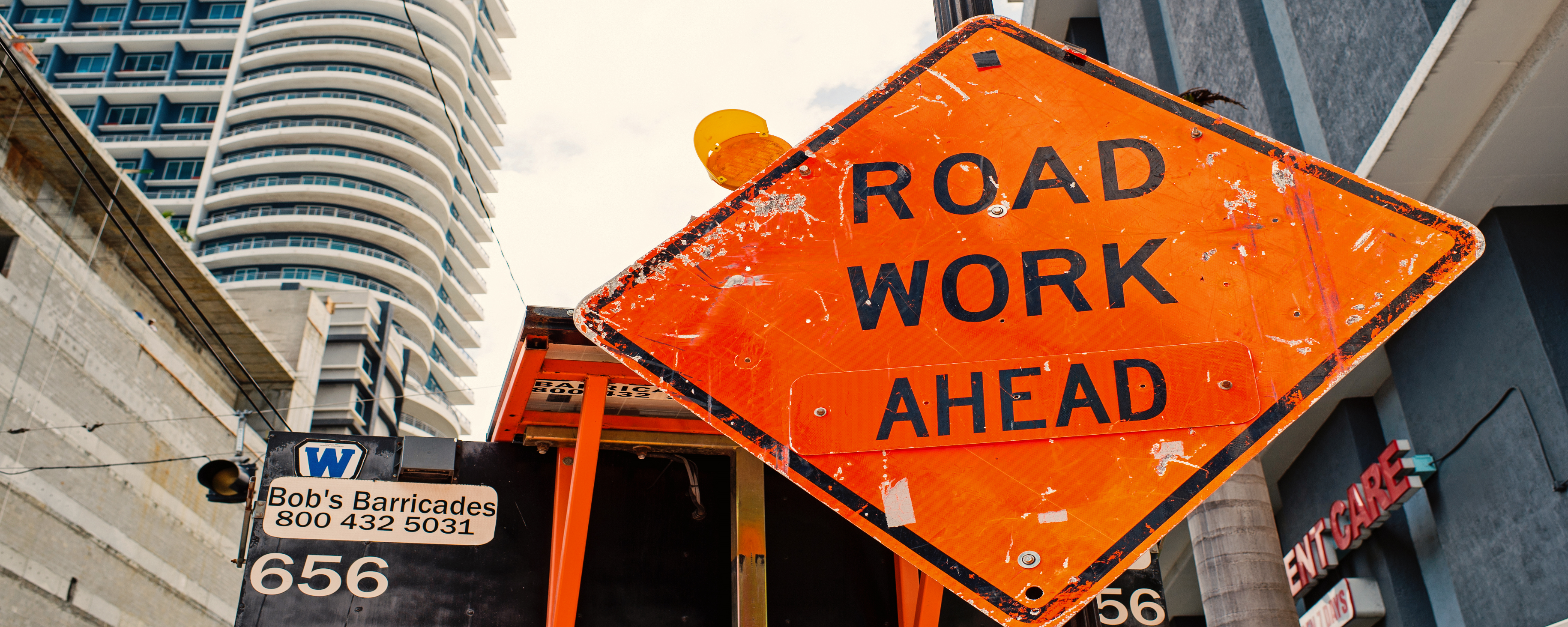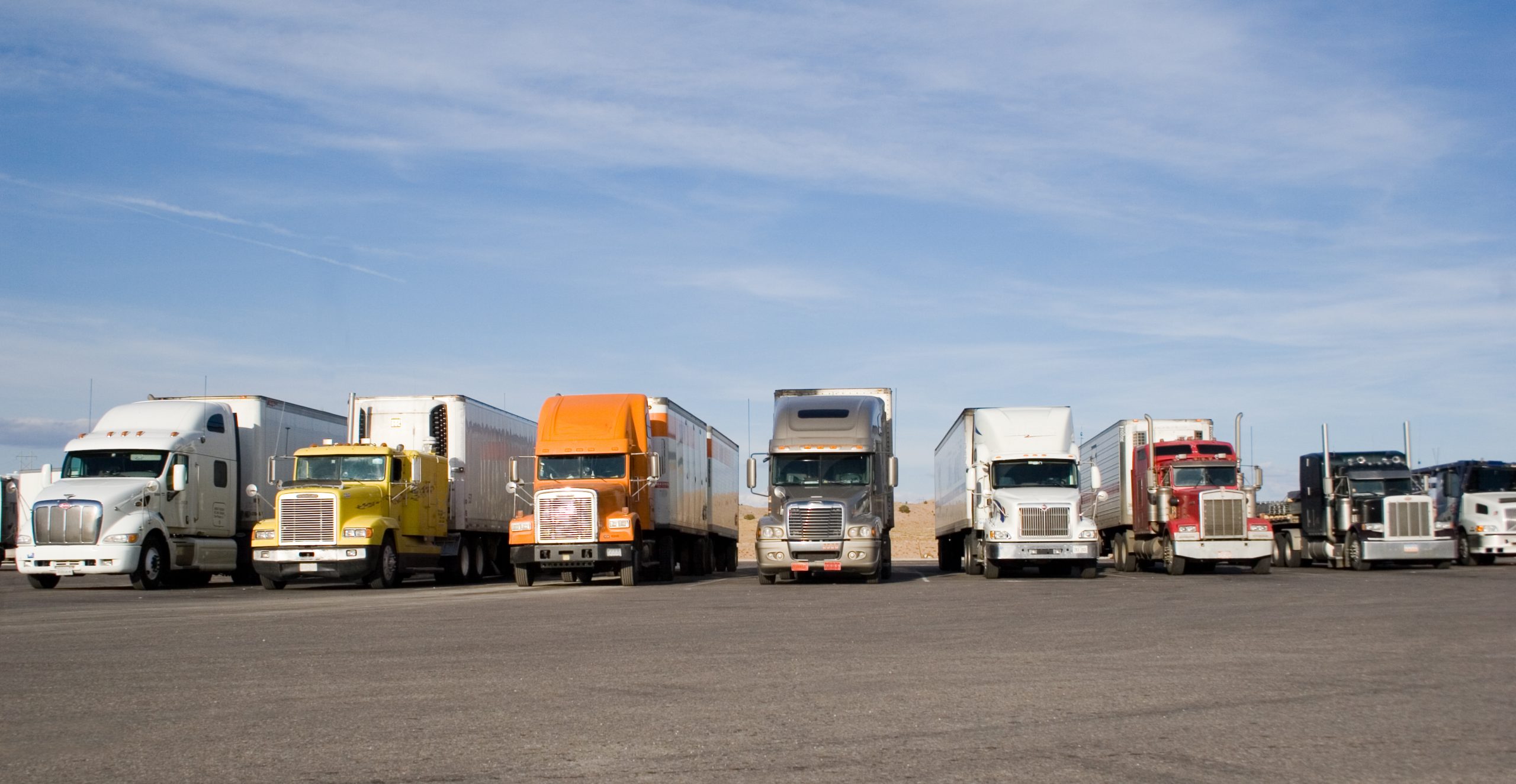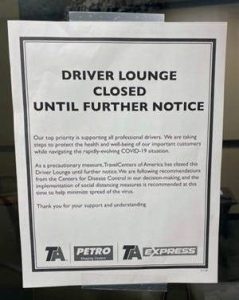The Coronavirus pandemic has had a larger impact economically than medically in the United States so far. Since December of 2019, nearly 1.4 Million additional workers have filed for unemployment. The total number of unemployment claims rose to 7.1 million as of the close of March 2020.
Comparatively, as of late April 2020, there have been 820,000 confirmed cases of Coronavirus in the United States. This means that 60% more people have been laid off than have tested positive for the virus.
Why is this happening?
While social distancing has been successful in slowing the spread of Coronavirus, the country’s economic growth has also drastically slowed. U.S. citizens have been encouraged, and sometimes mandated, to stay in their homes and away from others. The necessary steps we have taken to contain the virus have had a severe impact that would have been difficult to predict.
To maintain balance, the response has been cutting expenses. Layoffs and furloughs work by the same principles of supply and demand. While management typically does not look forward to reducing its headcount, it is sometimes the only option to maintain the health of the business in the future.
Why does a company lay off employees?
Restaurants, retail stores, entertainment arenas, and more have been ordered to reduce operations or close completely. These companies work diligently to maintain a balance between their number of customers versus the number of employees.
The companies who perfect this practice gain a competitive advantage because they are properly servicing their customers with an efficient number of workers. Without customers, these businesses cannot afford to keep their employees on the payroll.
Due to the pandemic, customers are forced to stay home, and little revenue is coming into the companies. It is not essential to retain the current number of employees. To focus on long term goals, companies have had no choice but to make serious adjustments to their current procedures. A major way to reduce operating costs is to layoff, furlough, or terminate current employees.
Layoff vs. furlough
Reducing headcount is the short-term solution to a long-term plan for the business. It allows the company to prepare for recovery instead of upsetting the balance between customers and employees.
· Layoff – a discharge of a worker or workers.
Layoffs are sometimes necessary to preserve future performance. If you have been laid off recently, it does not necessarily mean you were bad at your job.
Companies resort to layoffs to permanently reduce their workforce. The frequency of layoffs increases when operating costs get too high, during economic recessions or, in this case, national emergencies.
· Furlough – a layoff, especially a temporary one, from a place of employment
If you have been furloughed, it usually means you are temporarily off work until your company starts to bounce back. Furloughs are a short-term solution for the company so they can recover from losses. It works by eliminating payroll costs but keeping the employee “on the books.” Furloughed employees are usually asked to come back to work as soon as the balance is restored.
Professional Driver Job Market
Auto-haulers have seen a massive decline in available jobs because the balance has been upset. Most car manufacturers have reduced their headcount and consumers are not buying cards during the pandemic.
Self-isolation has caused several commuter drivers to drastically reduce the amount of road time they experience each week. Since thousands of people are working from home or have been laid off, the demand for diesel fuel and gasoline has drastically faltered.
Oilfield services are experiencing historically low oil prices, resulting in surplus inventories and decreased production. Thousands of people have been left without work. Many of these workers and contractors have CDLs and are looking to transition into other sectors.
Reduced fuel consumption makes fewer jobs available since there is a decreased need. This also drives the price lower. Gas haulers are taking a hard hit for the time being. As the economy normalizes, however, the need for fuel should return to normal.
A decreased number of commuters combined with social distancing regulations has forced many truck stops to lay off their employees. Truck drivers are feeling the brunt of this as well. They are no longer able to eat at the dine-in restaurants or use the driver’s lounge at truck stops. The effect is far more widespread than could have been predicted.
What now?
Trucking is its own beast. Once you are in it, you are in it for life. Whether you’re a professional driver, dispatcher, planner, etc. you will most likely stay within the industry. But that doesn’t mean there are no options after you’re laid off.
The success of a trucking company is very much dependent on their capacity and the amount of freight available to move. Certain sectors, such as food and pharmaceuticals, have seen success throughout the pandemic because the demand has increased. Freight activity and rates are quickly dropping in all sectors.
But there is hope. The internet holds unlimited amounts of information about different sectors of the trucking industry. An auto-hauler may be out of work now but could research the basics of running reefer. If your mileage has been limited due to the pandemic, use this time to try out another specialty that is booming.
The future of trucking
DMVs have shut down, new CDL holders have not been able to enter the market. When the economy returns to normal, we will see a higher demand for truck drivers. However, after several months without issuing new licenses, it will be the responsibility of current CDL holders to take on the extra work.
Current CDL holders are not able to renew expired licenses. The emergency waiver issued by the FMCSA allows those with expired licenses some relief until the end of the declaration.
Trucking companies rely on technology to make their operations as efficient as possible. You will begin seeing more companies offering remote online orientation because it greatly increases the efficiency of traditional orientation.
And truck drivers love it! New recruits will no longer have to attend a 3-day, in-class orientation before being assigned a truck. They watch presentations, safety videos, and test out from the comfort of their own home.
This convenience allows drivers to spend more time with their families while completing orientation assignments on their smartphone or computer.
Look Forward to Recovery
The economic impact of the Coronavirus has been widespread to an extent no one predicted. Eventually we will start to recover, but the trucking industry will forever be changed. To begin the path to recovery, today’s industry leaders are preparing by:
- – Streamlining communication
- – Harnessing technology to provide training
- – Preparing for all potential challenges
- – Documenting everything
Companies and drivers that can adapt and overcome to the new way of business will achieve success, just as they have before.













